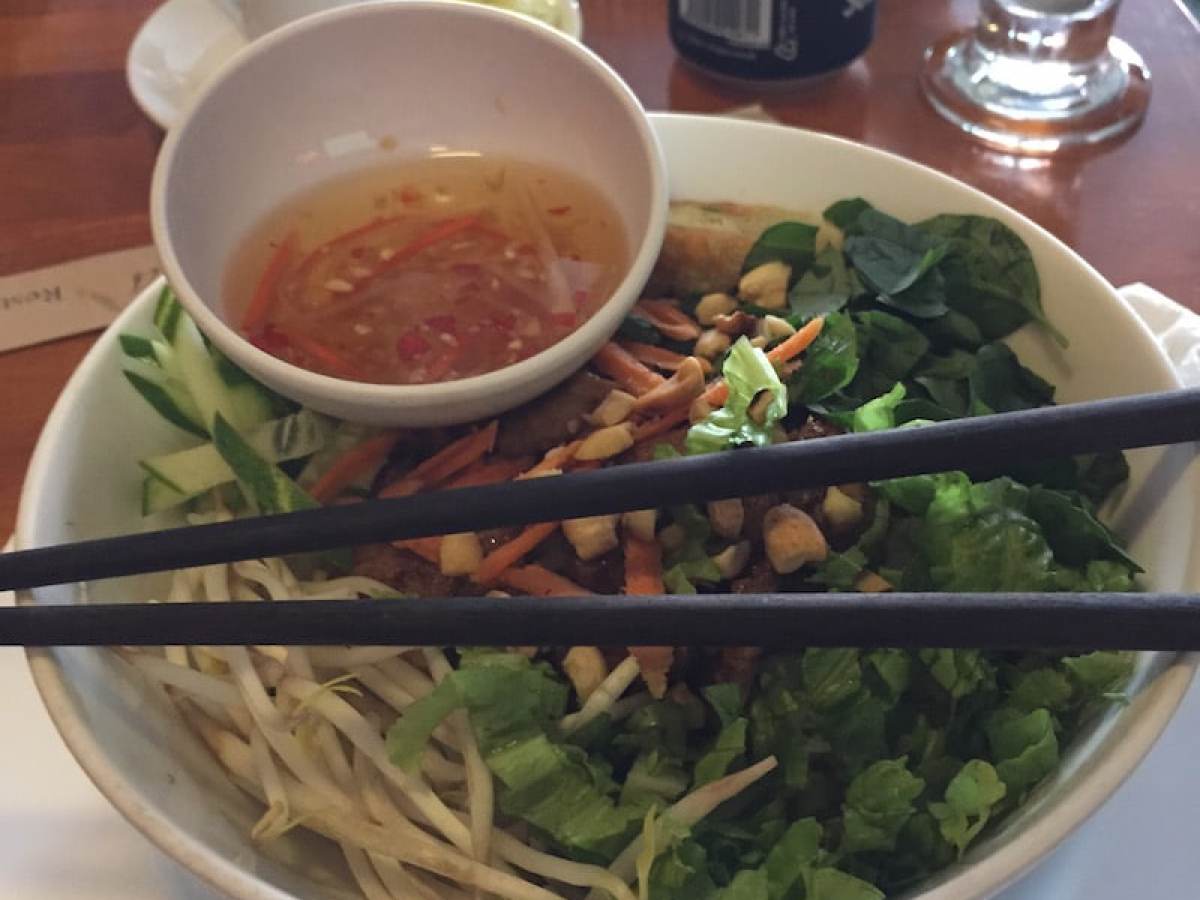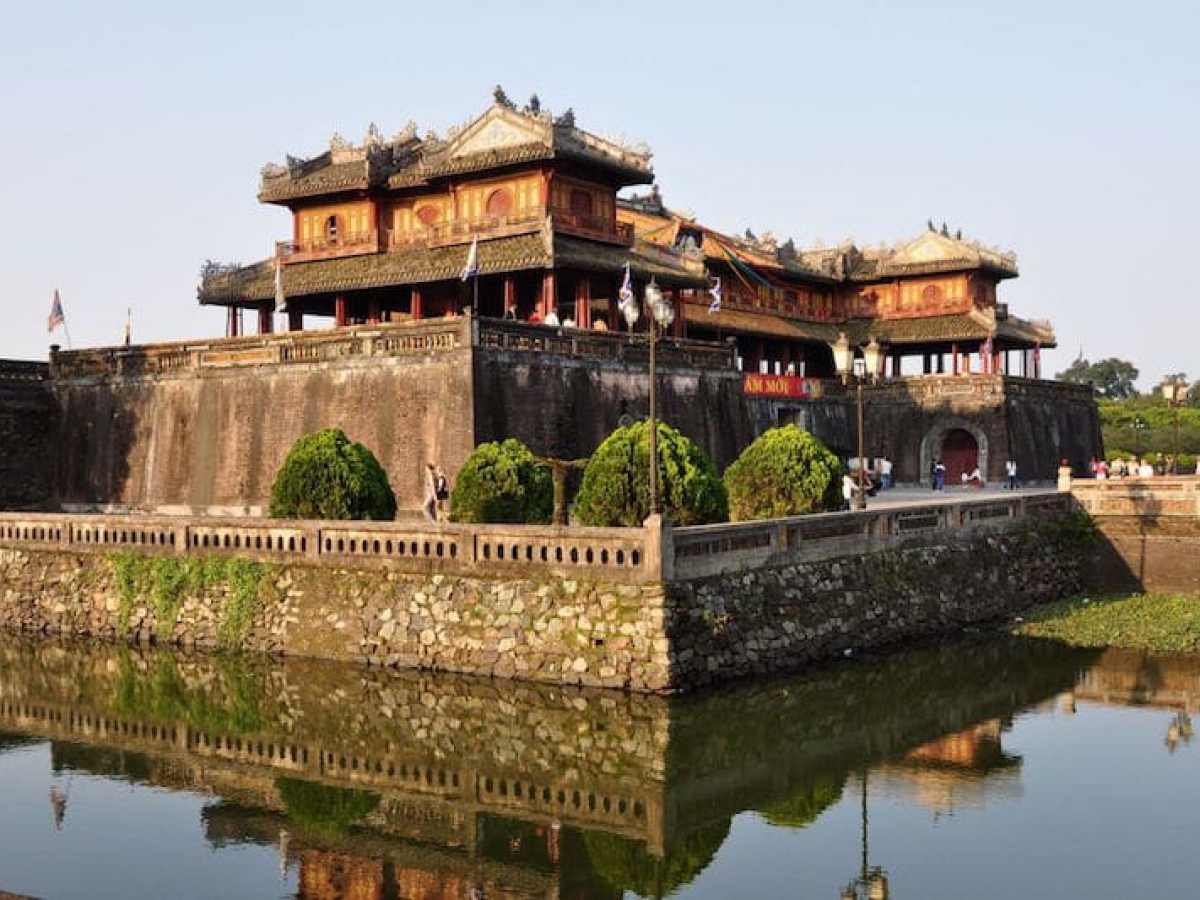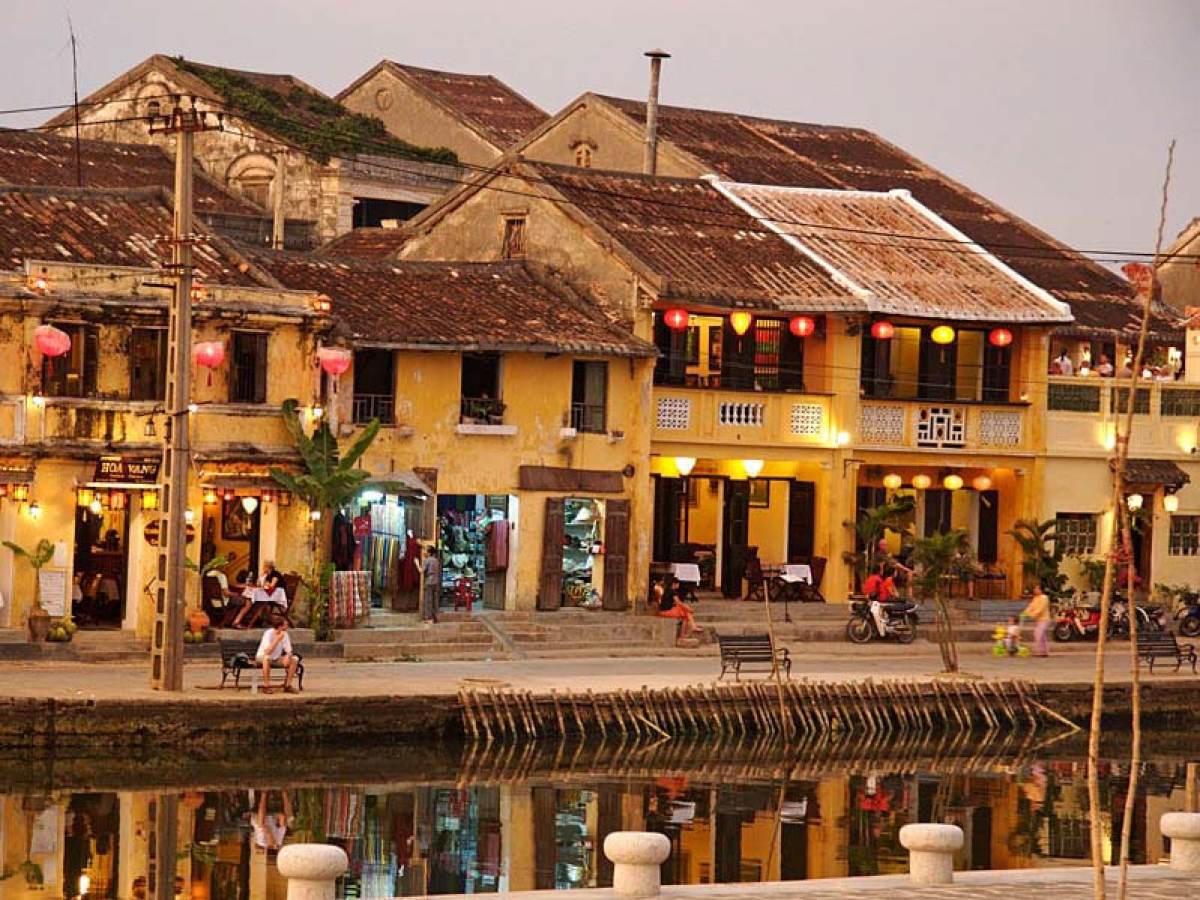About Hanoi
Hanoi is the capital of Vietnam and the country’s second largest city. In 2009, the population of Hanoi was estimated at 2.6 million for the urban districts and 6.5 million for the metropolitan jurisdiction.
From the years 1010 until 1802, Hanoi was the most important political center of Vietnam. It was briefly eclipsed by Huê, the imperial capital of Vietnam during the Nguyen Dynasty (1802 to 1945). Hanoi regained her position when she served as the capital of French Indochina from 1902 to 1954. From 1954 to 1976, Hanoi was the capital of North Vietnam. After the North’s victory in the Vietnam War, Hanoi became the capital of a reunified Vietnam in 1976.
The city lies on the right bank of the Red River. Hanoi is 1,760 km (1,090 mi) north of Ho Chi Minh City and 120 km (75 mi) west of Hai Phong city.
October 2010 officially marked 1000 years since the establishment of the city. The Hanoi Ceramic Mosaic Mural is a 4 km ceramic mosaic mural created to mark the occasion. It is also a part of the Guinness book of world records.
Hanoi has had many names throughout history, all of them of Sino-Vietnamese origin. During the Chinese domination of Vietnam, it was known first as Long Bien, then Tong Binh and Long Do. In 866, the city was turned into a citadel and named Dai La.
The Imperial Citadel of Thang Long is the cultural complex comprising the royal enclosure first built during the Ly Dynasty and subsequently expanded by the Tran, Ly and finally the Nguyen Dynasty. The ruins roughly coincide with the Hanoi Citadel today.
Even today Hanoi retains much of the old flavor that made the area special in earlier times. Historically, each street was the exclusive domain of one trade (guilds). Physically speaking, this means there are entire streets of blacksmiths, silver shops, paper shops, headstone makers and more. Originally there were just 36 streets in the old quarter but today there are more than 70 streets.
With a rich history awaiting outside your door, we invite you to stroll with us and sample some of the best street food Vietnam has to offer by booking a tour with us.











